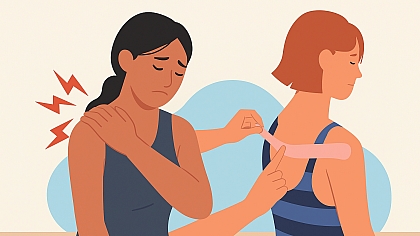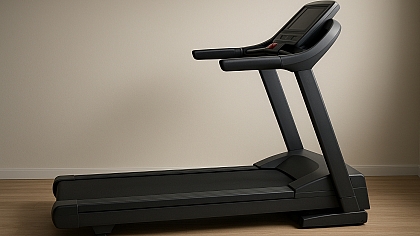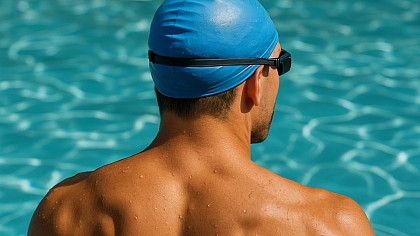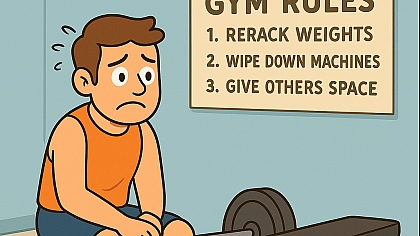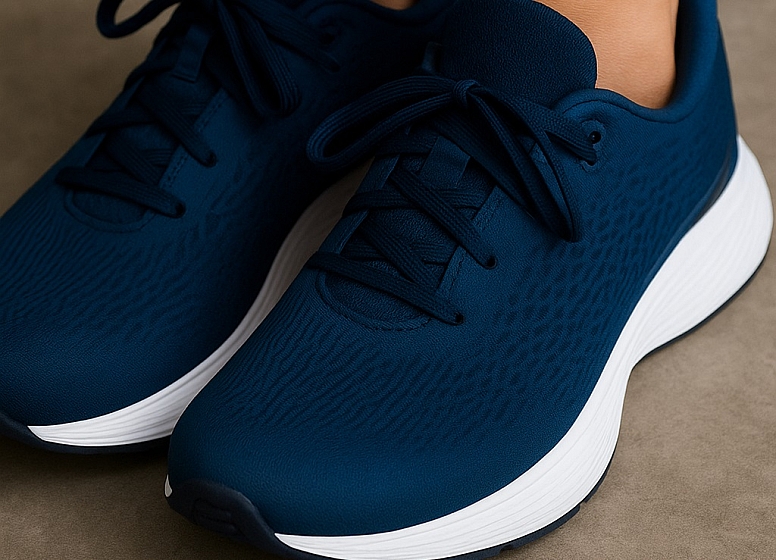
How to Choose the Right Running Shoes for Your Foot Type
Your Most Important Piece of Running Gear
The wrong running shoes can cause pain, blisters, and injuries. The right ones feel like an extension of your feet, providing support and comfort mile after mile. You do not need the most expensive or most popular shoe.
You need the shoe that matches your unique foot shape and running style. This choice is the foundation of a good running experience.
Forget the "Best" Shoe—Find Your Shoe
A shoe that works for a friend might be terrible for you. Foot type, arch height, and running gait are highly individual. The goal is to find a shoe that complements your biomechanics, not one that tries to correct it. This process starts with understanding your own feet.
Step 1: Determine Your Foot Type and Arch Height
This is the most critical step. Your arch height dictates how your foot moves when it hits the ground, which determines the type of support you need.
The Wet Test: Find Your Arch Type: This simple test gives you a clear starting point.
- Wet the bottom of your bare foot.
- Step onto a flat, dark piece of cardboard or a paper bag.
- Step off and look at the shape of your footprint.
-
Flat Arch (Overpronation):
- What you see: A full impression of your foot with almost no inward curve.
- What it means: Your foot rolls inward excessively when you run. This can stress your ankles, knees, and shins.
-
Neutral Arch:
- What you see: A distinct curve along the inside of your foot, with a band about half the width of your foot connecting the heel and ball.
- What it means: Your foot rolls inward slightly to absorb shock. This is an efficient, natural motion.
-
High Arch (Underpronation or Supination):
- What you see: A very narrow band or no band connecting the front and back of your foot.
- What it means: Your foot rolls outward, absorbing shock poorly. This can put extra stress on your ankles, shins, and the outside of your legs.
Step 2: Match Your Arch Type to a Shoe Category
Once you know your arch type, you can narrow down your shoe choices.
| Your Arch Type | How Your Foot Moves | Recommended Shoe Type | What It Does |
|---|---|---|---|
| Flat Arch | Overpronation (rolls in) | Stability or Motion Control | Provides structure and support to limit excessive inward rolling. |
| Neutral Arch | Neutral Pronation | Neutral Cushioning | Offers cushioning and flexibility without extra support. |
| High Arch | Underpronation (rolls out) | Neutral Cushioning (Soft) | Provides ample cushioning to absorb the shock that your foot doesn't. |
Step 3: Get the Fit Right
The right category is useless if the shoe doesn't fit properly. A good running shoe fit is different from a casual shoe fit.
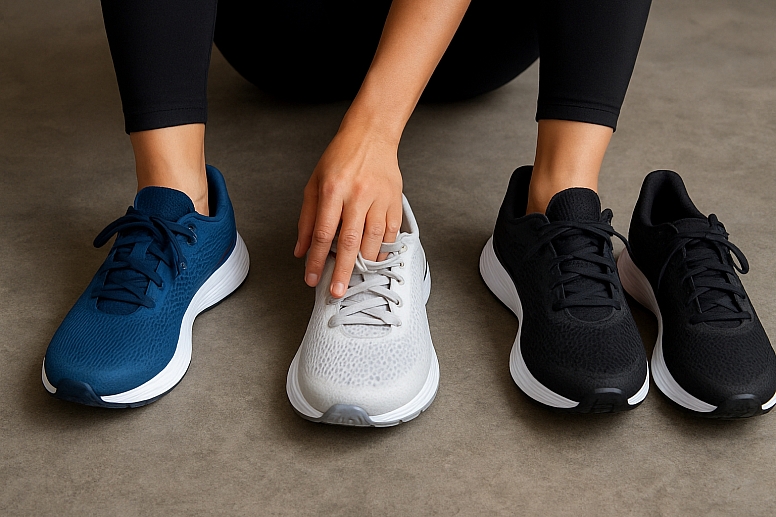
- Go Later in the Day: Feet swell throughout the day and during a run. Shop for shoes in the afternoon or evening.
- Measure Both Feet: Stand while having your feet measured. One foot is often larger than the other; always fit to the larger foot.
- Thumb's Width of Space: There should be about a thumb's width of space between your longest toe and the end of the shoe. This allows for foot swelling and prevents black toenails.
- Mind the Width: The shoe should feel snug in the midfoot and heel, with no slipping, but have room for your toes to wiggle freely. Never expect a shoe to "break in" and stretch width-wise.
- Wear Your Running Socks: Bring the type of socks you normally run in to try on with the shoes.
Where to Shop: The Value of a Specialty Store
While you can buy shoes online, visiting a specialty running store for your first pair is invaluable.
- Gait Analysis: Many stores offer a free gait analysis. They will watch you run on a treadmill (sometimes with a video camera) to see how your foot strikes the ground. This confirms your wet test results.
- Expert Fitters: Staff can look at your old shoes' wear patterns and recommend models that have worked for runners with similar feet.
- Try Before You Buy: You can try on multiple brands and models. A shoe that looks good on paper might feel wrong on your foot.
When to Replace Your Shoes
Running shoes lose their cushioning and support over time. A good rule of thumb is to replace them every 300-500 miles. Signs you need new shoes include:
- New aches and pains in your legs, knees, or shins.
- The midsole foam feels compressed and no longer bounces back.
- The outsole tread is worn smooth, especially in one area.
Your Foundation for Every Run
Choosing running shoes is not about fashion or brand loyalty. It is a functional decision based on your body's mechanics. Taking the time to understand your foot type and find a shoe that matches it is the single best thing you can do to run comfortably and stay injury-free.
The perfect path starts from the ground up.
Frequently Asked Questions
Should I size up in running shoes? Almost always, yes. Most runners need a running shoe that is a half to a full size larger than their casual shoe size to allow for foot swelling and toe splay.
Are expensive running shoes better? Not necessarily. An $80 shoe that fits your foot perfectly is far better than a $160 shoe that does not. Price often reflects lighter materials or advanced cushioning technology, not necessarily better support.
What is the difference between road and trail running shoes? Trail shoes have aggressive lugs on the outsole for grip on dirt and mud, and often have a rock plate to protect your foot from sharp objects. They are stiffer. Road shoes are designed for pavement and are generally more flexible and cushioned.
Can I use my running shoes for the gym? It's not ideal. The cushioning and support designed for forward motion can be unstable for side-to-side movements like lunges or weightlifting. For gym workouts, a cross-training shoe with a flatter, firmer sole is a better choice.

